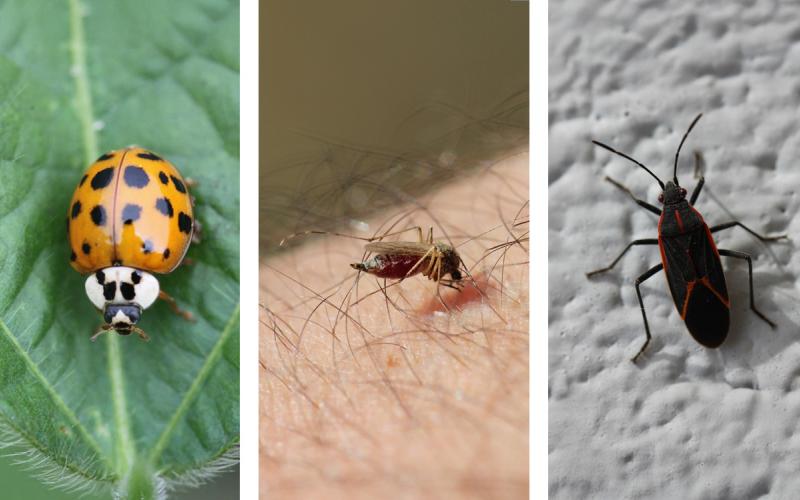Introduction
In South Dakota, soybean aphids, Aphis glycines Matsumura (Hemiptera: Aphididae), have been a serious pest of soybean since 20001. Although soybean aphids are native to Asia, they successfully established populations in North America and are now found in 23 U.S. states and three Canadian provinces. Since their discovery in the U.S., soybean aphids quickly became the most economically damaging soybean insect pest present in the Midwest and Great Plains. During soybean aphid outbreaks, heavily infested soybean fields may exhibit yield losses of approximately 40%. As a result of the economic threat posed by soybean aphids, an extensive amount of research has been conducted to evaluate management strategies to prevent population outbreaks.
Much of the existing research has demonstrated that successful soybean aphid management stems from a well implemented scouting and management plan. Although soybean aphid management is still heavily reliant on the use of foliar, broad-spectrum insecticides, host plant resistance is available and effective.


